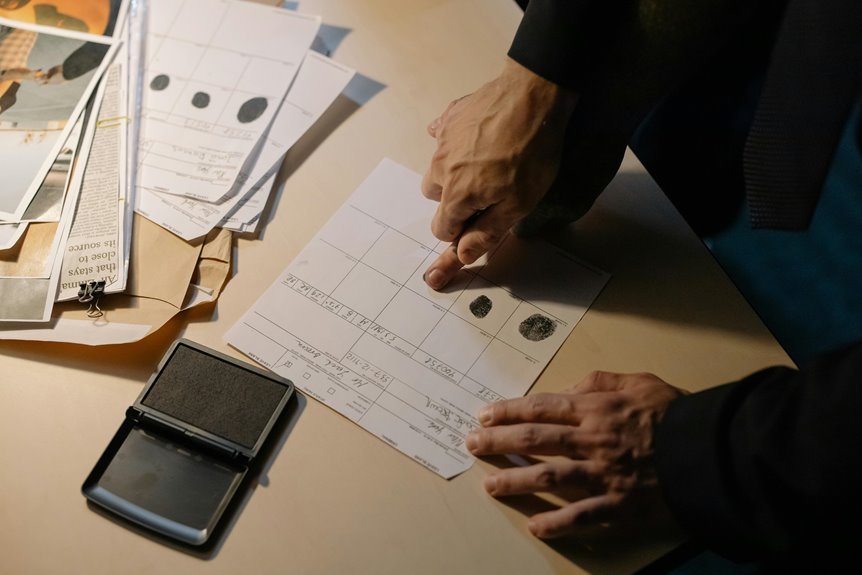Caller Identity Authentication Research Unit 4806161709 4108014775 3128185250 8665013689 9492827016 8663563655
You understand the intricacies of caller identity authentication, you recognize the implications of advanced verification methods, and you appreciate the importance of securing telecommunications. As phone scams become increasingly sophisticated, the need for robust verification systems intensifies. Exploring how vocal patterns and biometric data can enhance trust in calls could reveal critical insights. What advancements might emerge next in this evolving landscape of communication security?
Understanding Caller Identity Authentication
When considering the importance of security in communication, understanding caller identity authentication becomes crucial.
Effective caller verification systems help you distinguish legitimate calls from potential threats, enhancing fraud prevention efforts. By implementing robust authentication measures, you empower yourself against identity theft and scams, ensuring that your privacy and freedom remain intact.
Prioritizing these security protocols strengthens trust in communication channels you rely on daily.
Analyzing Common Phone Scams
Phone scams have evolved into a sophisticated threat landscape, using advanced tactics to exploit unsuspecting individuals.
You’ll notice distinct scam patterns emerging, targeting specific victim profiles, such as the elderly or those in financial distress.
By analyzing these trends, you can recognize vulnerabilities and better protect yourself.
Understanding how scammers operate is crucial in reclaiming your freedom from these deceptive practices.
Technological Innovations in Caller Verification
As technologies advance, the demand for robust caller verification systems has never been greater.
Biometric authentication, particularly voice recognition, is transforming how you validate caller identities. By analyzing unique vocal patterns, these systems enhance security while maintaining user convenience.
Implementing such technologies not only reduces fraud but also empowers you to control your communication landscape, ensuring greater freedom from scams.
The Future of Telecommunications Security
While the landscape of telecommunications security continues to evolve, emerging technologies are redefining the strategies employed to safeguard user identities.
Quantum encryption offers unparalleled security, making eavesdropping virtually impossible, while decentralized systems enhance privacy by removing centralized control.
As you navigate this future, you’ll find that these innovations empower users, fostering a more secure and resilient telecommunications environment that prioritizes individual freedom and data integrity.
Conclusion
In a world where phone scams loom like shadows, Caller Identity Authentication stands as a beacon of hope. By harnessing unique vocal patterns and biometric data, you’re not just enhancing security; you’re forging a fortress around your communications. As technology evolves, so does your ability to reclaim trust in your calls. Embracing these advancements isn’t just smart—it’s essential. Together, we can transform the telecommunications landscape, ensuring your voice is heard clearly and securely amidst the noise of deception.






